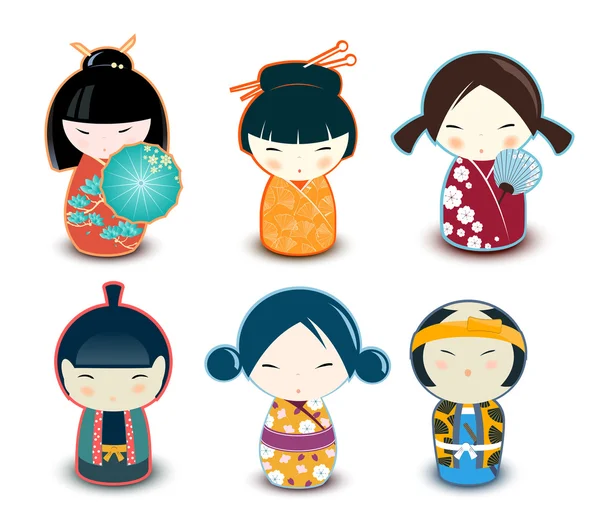In the software business, fewer than 5% of corporations are led by women. In her late 20s, she moved to New York as she was impressed by American abstract impression. Despite her broken English, she got here into contact with well-known artists together with Andy Warhol, Claes Oldenburg, and Joseph Cornell. Around that period, she was welcome as an ‘outsider’ , nevertheless typically she was refused to enter exhibitions or galleries because of her race and gender. Facing severe rejection, as a feminine Japanese artist trying to alter herself in the Western male-dominated society, she nonetheless influenced many well-known artists in New York.

According to the same survey, solely 17% supported the concept of lively public coverage measures to extend start, and some eighty% opposed having the government orchestrate a professional-baby marketing campaign. Not solely are ladies marrying later, however once they do marry they are having fewer children. In the early postwar years, the average Japanese girl gave start to four children. Serious consideration was focussed on the declining birthrate but the common has continued to fall, reaching 1.forty three in 1995. As a married lady features working experience and watches her kids turn out to be independent, it could daybreak on her that she too possesses the resources to stay independently. She could then start to entertain doubts about the necessity of staying married to a largely absent husband who makes no effort to communicate with her.
The Birth of Japanese Girl
Most stunning, while male suicides fell barely, charges amongst women surged practically 15%. It looks like gender discrimination is a rare sight in workplaces that make use of a lot of ladies, particularly since girls tend to help one another. During these durations, it was men who were most affected by job losses and who committed suicide at higher rates. Historically, suicides among men in Japan have outnumbered these amongst ladies by a factor of at least two to 1.

It has been discovered, nonetheless, that typically permitting ladies to work alongside men on the manufacturing unit flooring has improved males’s morale and contributed to larger productiveness. It is estimated that fifty seven% of the elderly in the year 2025 might be girls, and 61% of these 75 and older might japanese women be girls. Thus the growing older of the population is a phenomenon of special concern to wives who outlive their husbands. Many girls want to care for themselves once they become bedridden without depending upon their kids. This has led to an increase in the variety of girls who go to work once they attain center age.
The Pain of Japanese Woman
Big eyes are admired, especially when they have “double eyelids”. Surveys show that between 28% and 70% of women have been groped on train cars. Some railway firms designate girls-solely passenger automobiles though there are no penalties for men to ride in a ladies-solely automotive. Gropers can be punished with seven years or much less of jail time and/or face fines of slightly below $500. At 87 years, the life expectancy of Japanese ladies is the longest of any gender wherever on the planet. In 1872, the Japanese authorities issued an edict stating, “Any remaining practices of female exclusion on shrine and temple lands shall be immediately abolished, and mountain climbing for the aim of worship, etc., shall be permitted”.
There’s No Such Thing as an Easy Job is sufficient of a success to cement Kikuko Tsumura as probably the greatest Japanese women writers of right now. It’s a e-book which tackles enormous themes of individuality, happiness, satisfaction, capitalism, wealth, womanhood, feminism, responsibility, and extra.
Detailed Notes on Japanese Girl In Step by Step Order
She and other women who studied overseas and returned to Japan, corresponding to Yoshioka Yayoi and Tsuda Umeko, had been among the many first wave of ladies’s educators who cleared the path to the incorporation of ladies in Japanese academia. By the tip of the Meiji period, there was a women’s faculty in every prefecture in Japan, operated by a mix of government, missionary, and private pursuits. Graduation was not assured, as typically ladies were pulled out of college to marry or to review “practical matters”. Government policies to increase the birthrate include early education designed to develop citizens into capable dad and mom.
